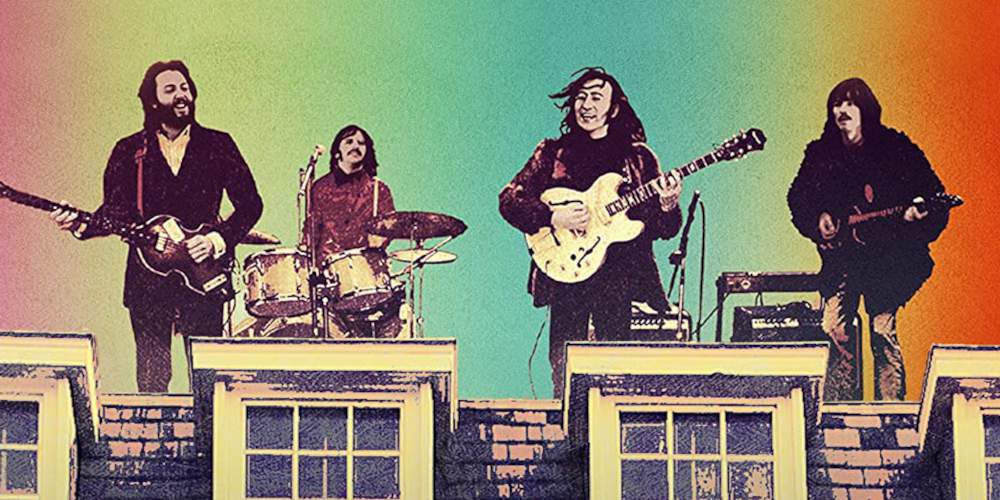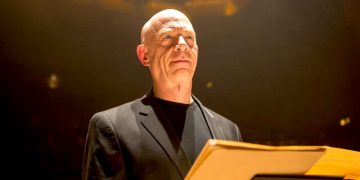January 1969. Savile Row in London, England. High atop the old Mayfair townhouse, The Beatles played their final ever gig.
No prior announcements. No fans to fawn over the fab four. It was just John, Paul, George, and Ringo playing their newest songs—written within the first three weeks of the year—for the last time.
Decades later, with only two members remaining, Academy Award-winning director Peter Jackson was tasked with sorting through hours of footage that few people even knew existed. His goal? To finish a documentary started by The Beatles back in January 1969.
Split into three parts—each part over two hours—Disney+ recently released what Jackson completed, and the world got one of the most in-depth looks into one of the greatest bands that ever existed.
Their dynamic, their interactions, their prodigious musical abilities. It was all on display as the four went to work on new material, not knowing that the end of the month would see their final show ever played.
The documentary is called The Beatles: Get Back and it follows the last days spent together by The Beatles. If you haven't seen it yet, here are all the reasons why you need to check it out.
1. The Insight Into Their Dynamic
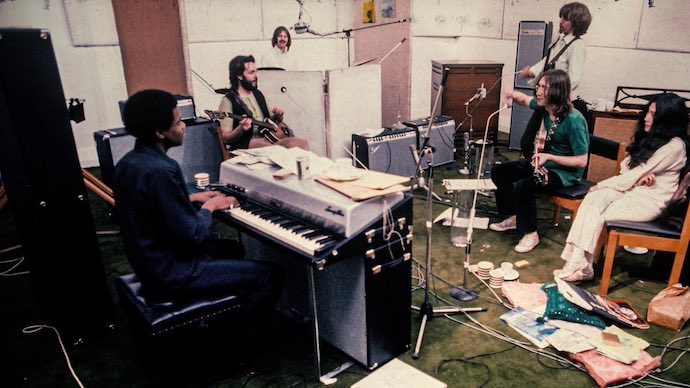
For a band as well-documented and historically highlighted as The Beatles, their dynamic has always been a subject that caused intense debate amongst fans.
The gentle relationship between the four—which, according to common belief, was supposedly always strained—doesn't feel like four guys who dislike one another at all, when you see them during sessions. Those rumors of intense hatred are dispelled during the series. In fact, they all appear jovial, unwilling to cause or incite arguments.
But if there's one salient thread running through them, it's how they had all grown substantially beyond their roles in the band, musically speaking.
This is evident in a conversation between George Harrison and John Lennon about all the songs he's written, to which John earnestly tells him to release as a solo artist before returning to The Beatles.
Sure, there are squabbles and differences of opinion—especially between George and Paul, the latter coming across as one who's always pushing the rest to do something—but nothing beyond normal disputes. Even after George leaves the group, it's water under the bridge days later.
What The Beatles: Get Back shows isn't the legend of The Beatles; it's the reality of four young men in their extraordinary position. Each has a role within the band, a voice that demands attention, but their dynamic isn't as poisonous as some would have believed.
None of the four act in drastic egotistically bombarding manners. If anything, they're four guys doing their job.
2. Yoko Ono's "Effect"
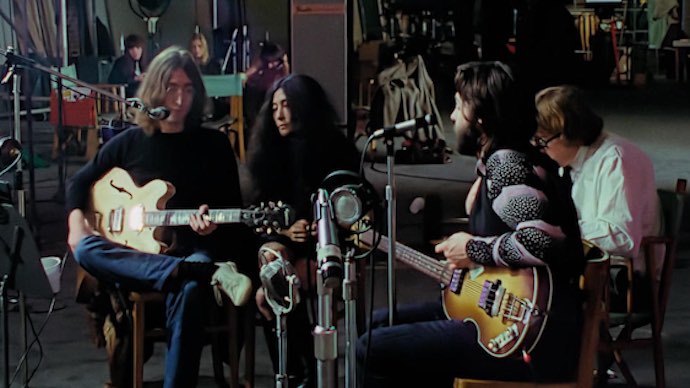
One of the greatest legends of The Beatles, so often perpetuated by fans, is that Yoko Ono directly caused their breakup. But Peter Jackson's work shows the real reason why The Beatles came to an end, and that reason has nothing to do with Yoko Ono.
Bluntly put, The Beatles broke up The Beatles. Each of them had expanded their musical horizons and didn't want to share what they had within the dynamic of three other brilliant-yet-opinionated musicians.
When the band came to an end, it happened because it was simply time to do so. In fact, while the relationship between John and Yoko is obviously close, it doesn't interfere with the band's musical process (or even the dynamic shared within the group).
She's often seen speaking with Linda Eastman (later Linda McCartney) and sitting next to John while drawing. Indeed, the footage shows a band coming near to their natural conclusion.
3. Witnessing Paul Write Get Back
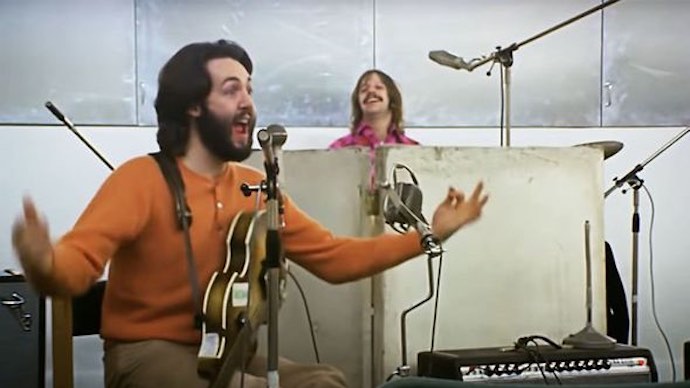
One of the joys of watching this mammoth documentary is seeing early renditions of The Beatles' as-yet-unreleased songs. Much of the band's later work makes an appearance, even if a lot of it wouldn't see release until after Abbey Road.
However, one morning, with Paul, George, and Ringo all waiting for John to arrive at the studio, Paul begins riffing on his instrument, coming out with something that sounds wonderfully familiar.
The opening chords to "Get Back" begin to ring around the room, and Paul starts to form the melody with some base lyrics. Like a well-oiled machine, Ringo and George put their parts to it as Paul riffs away—and when John shows up, he sits down and immediately gets involved.
Watching the creation of one of the band's best songs is an incredible moment that demonstrates their ability to work together flawlessly.
4. The Final Rooftop Gig
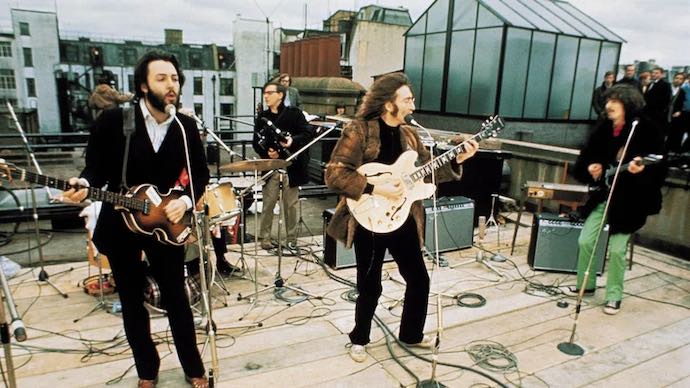
Before now, the rooftop gig played by The Beatles atop their building in Savile Row only appeared on YouTube in bits. This documentary shows that the gig had planning and thought behind it, from the four members wanting to play live together again for the first time in years.
Camera crews were watching not only the band but also the rooftops around them, all while interviewing people at street level who were fortunate enough to witness it.
The legendary show appears as never before, with The Beatles evidently having fun—even when the police turn up, who are delayed as long as possible by members of the crew.
When George and John have their amps cut off, George—who was initially not-so-keen on the rooftop idea—switches them back on and carries on playing, knowing the police are there with them but not caring at all.
The documentary ends with the band heading back downstairs after playing what would be their final ever live show, giving us a wonderful look at the final days of their sessions and them finishing with their incredible live-recording of "Let It Be."
